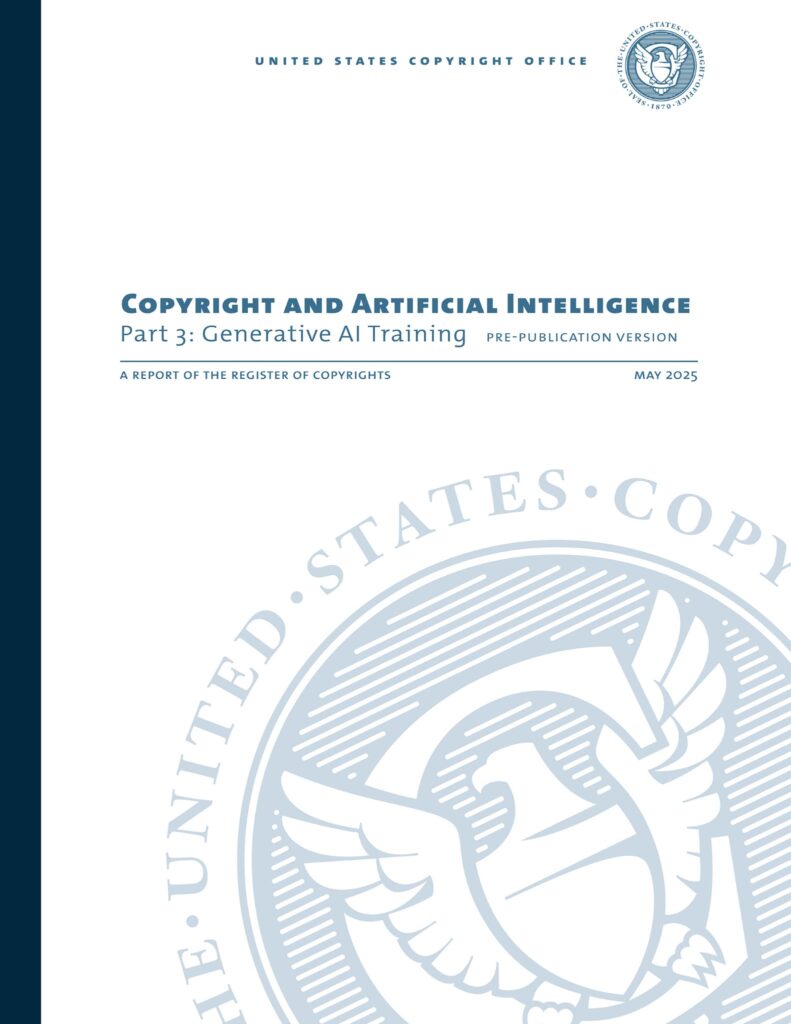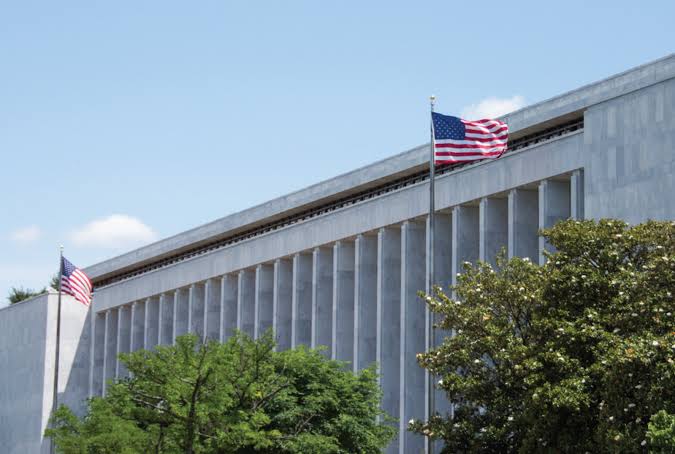
The U.S. Copyright Office was always a sleepy corner of government. It registered books and albums, advised Congress on niche copyright clauses, and rarely made headlines.
That changed in May 2025, when its longtime director, Shira Perlmutter, received an abrupt email from the White House. It informed her that she was no longer the Register of Copyrights, effective immediately.
Perlmutter wasn’t alone. Just a day before, Carla Hayden, the Librarian of Congress, had also been fired. She had appointed Perlmutter to her position in 2020.
These rapid dismissals sent shockwaves through the legal and creative communities. No one quite knew why they had been removed, but the sequence of events that followed raised more questions than answers.
On May 9, the Copyright Office released a long-anticipated report on artificial intelligence and copyright. It had been under development since 2023 and incorporated the voices of artists, musicians, AI developers, and legal scholars.
The report concluded that in some cases, using copyrighted material to train AI could be considered fair use, while in other cases, it could not. It didn’t offer sweeping judgments. Instead, it focused on intent, source, purpose, and whether the output impacted the original work’s market.
The nuance of the report earned praise across the copyright world, but its timing — released just one day after Hayden’s dismissal — was seen as suspicious by many.

Perlmutter was fired the next day, May 10, through a direct message sent by an assistant to the president. Within 48 hours, the leadership of the nation’s copyright infrastructure had been entirely replaced.
Todd Blanche, a deputy attorney general, was named the new Librarian of Congress. Paul Perkins, from the Department of Justice, became the new Register of Copyrights.
The speed of the overhaul disrupted operations. The Copyright Office paused all registration certificates, impacting nearly 20,000 applications. The pause lasted for twelve business days.
When registrations resumed, they were sent without the Register’s signature, which the office clarified was not legally required. For those within the agency, the disruption was anything but normal.
“This is extremely weird,” said Dave Hansen, executive director of the Authors Alliance. “I don’t think they’ve ever done that before.”

In response to her firing, Perlmutter filed a lawsuit against President Trump. She argues that because the Copyright Office operates under the Library of Congress, which is part of the legislative branch, the president does not have the constitutional authority to fire or appoint its leaders.
Her legal team is framing the case as a direct challenge to executive overreach, saying that the move violates the separation of powers laid out in the U.S. Constitution.
The White House, through legal counsel, has invoked the Federal Vacancies Reform Act, a statute that allows the president to remove certain federal officials and install interim replacements.
They have not offered public comments, but the legality of this interpretation is likely to face scrutiny in court when hearings begin in July. A federal judge has already denied Perlmutter’s request for a temporary restraining order to reverse the firing.
This legal drama arrives at a time when generative AI is facing growing pressure from regulators and artists. Dozens of lawsuits have been filed against AI companies accused of scraping copyrighted works without consent.
OpenAI is among those asking for clearer rules and broader interpretations of fair use. In a more radical corner of the debate, Elon Musk has publicly backed a proposal by Jack Dorsey to eliminate intellectual property laws entirely, calling them obsolete in the AI era.
The Copyright Office’s AI report was careful to avoid endorsing either side. It recognized that many AI training uses are transformative but warned that legality depends on details.
It argued for the continued primacy of human creativity in defining copyright eligibility and rejected the idea of granting copyright protection to material that is determined entirely by machines.
In January, Perlmutter had written that “extending protection to material whose expressive elements are determined by a machine would undermine rather than further the constitutional goals of copyright.”
To those who worked with her, Perlmutter was seen as principled and thorough. Keith Kupferschmid, CEO of the Copyright Alliance, said she was respected for her commitment to fair process, even by those who disagreed with her conclusions.
Her report avoided generalizations and treated every argument with care, which is why her sudden firing unsettled people across the field.
Democrats in Congress reacted with outrage. Representative Joe Morelle of New York described the move as “a brazen, unprecedented power grab with no legal basis.” He and others suggested the firings were politically motivated, possibly aimed at reshaping copyright law to suit emerging AI interests.
The fact that Carla Hayden, a historic appointee and longtime librarian, was fired alongside Perlmutter only deepened the concern.
Inside the Copyright Office, the atmosphere has shifted. The procedural calm of the past has given way to uncertainty. Even though certificates are once again being issued, staff are doing so without a clear sense of leadership direction.
The sudden turnover, the unexplained delay in report finalization, and the controversial firings have changed the tone of an office that once operated quietly behind the scenes.
For now, the legal case will move forward in the summer, and the report may soon be cited in multiple lawsuits testing the boundaries of fair use in machine learning.
While the public watches the AI debate unfold in courtrooms and corporate boardrooms, the agency responsible for settling those disputes is caught in a constitutional standoff.
What started as a quiet shakeup has become a defining moment for the future of copyright, the limits of executive power, and the messy middle where human creativity meets artificial intelligence.





